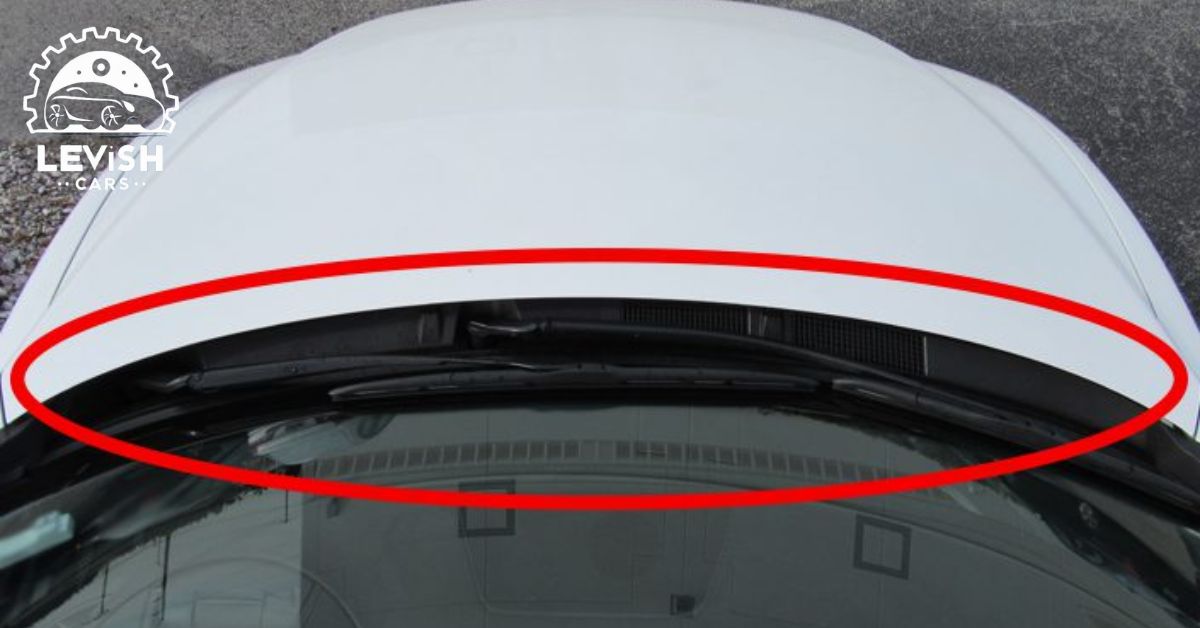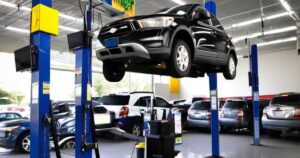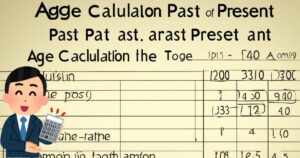The cowl refers to the area at the base of a vehicle’s windshield. It is the panel between the hood and the bottom of the windshield, surrounding the wipers, with vents underneath to allow air into the passenger area. On many vehicles, the cowl is part of the windshield frame structure that helps direct water off and away from the engine and passenger areas.
Cowl panels serve important purposes for vehicle function and safety. They house critical windshield wiper components and air intake systems for climate control functionality. The venting allows for airflow while preventing entry of leaves, dirt, snow, and other road debris.
It also provide structural framing to reinforce the windshield placement for safety in accidents. Though not easily visible, they are an important set of panels on a vehicle. Knowing what the cowl is and checking it periodically can help keep your car operating properly.
what is a cowl?

A cowl is a body panel on a car. It is located at the bottom of the windshield in the front of the vehicle. The cowl panel runs between the hood and where the windshield wipers rest. Underneath most cowls are holes or vents which let air flow into the passenger area for the climate control system. These holes allow for airflow but prevent rain, leaves and other things from entering through the vent.
The cowl serves important purposes on all vehicles. It gives the windshield added structural support and helps channel water on the windshield to the sides and away from passengers. The cowl area also houses parts related to the windshield wipers, washer fluid lines and steering components behind the dashboard.
Some vehicles may have decorative cowl panels and the area may need occasional cleaning if leaves or debris collect there. Knowing what and where your car’s cowl panel is located can help keep an eye on this useful area under the windshield.
Understanding the Basics
It looks like you wanted me to respond to a heading prompt, but there was no further question or context provided. Please clarify what specifics you would like me to address regarding the basics of a topic.
I’m happy to provide explanations or introductions related to automotive systems, the cowl area of a car, or any other topic with some more details about what information you are looking for. Feel free to build off of the previous responses I provided about what a cowl is and where it’s located on a car.
where is the cowl on a car?

The cowl on a car is located at the base of the windshield in the front of the vehicle. More specifically:
- It runs between the hood and the lower portion of the windshield where the windshield wipers rest.
- The cowl panel stretches across the width of the car, from one A-pillar (which holds the windshield) to the other A-pillar on the passenger side.
- It connects the hood and exterior of the car to the interior firewall/dashboard components underneath the windshield.
- Underneath the main cowl panel are openings or vents that allow air to flow into the vehicle’s heating and cooling system.
Different Types of Cowls
The most common type of cowl is the front cowl, located at the base of the windshield, joining the hood to the passenger compartment. Less common is the rear cowl, which borders the bottom of a rear windshield behind the back seats.
Finally, some older vehicles feature fender cowls, curved body panels covering the upper part of the rear fenders. These are the three major types – front, rear, and fender cowls – that can be found on various automobiles.
what is the purpose of a cowl on a car?
The cowl serves multiple important functions. First, it channels water flow from the windshield to the sides and away from key components. Second, it provides structural reinforcement for the windshield framing and supports critical wiper mechanisms.
Finally, it houses vents that allow fresh airflow into the climate control system while blocking debris. In summary, the cowl facilitates drainage, supplies strength, and enables ventilation for optimal vehicle operation.
Protection from External Elements
The cowl area surrounds openings that send air into the interior of the vehicle for heating and AC. So that big panel like a mini overhang stops stuff like rain, leaves, dirt from dropping right into those sensitive spots under the windshield wipers at the base of the window.
Enhancing Aerodynamics
The flatter and smoother surfaces of the hood and windshield intersect at an angle underneath. That cowl panel bridges between the two areas, helping car designers optimize airflow over and around that junction spot at the low point of the windshield.
Drainage and Water Management
All the precipitation that lands on the windshield needs to go somewhere without dripping right into the engine or onto passengers. The cowl provides drainage channels leading from the windshield trim at the sides and base of the glass, diverting water down and away from the vital components of a car’s guts.
Components of a Cowl
Here are some components of a cowl:
Windshield Wipers
The cowl is like command central for the mechanisms that run your window wipers. Motors, drive shafts, arms that connect to the wiper blades – a whole wiper control ecosystem lives beneath that panel under the glass. Which makes sense when you think about it, right at the base of the window where the wipers rest.
Air Intake Vents
See those small slits or screens under the upper edge of the cowl? They give customized climate control by channeling fresh outside air inside your ride. But the cowl also blocks stuff you don’t want entering those intake points – debris, leaves, winter mix precipitation.
HVAC System
That vented cowl space is crucial for your heating, ventilation and A/C because it works together with air ducts across your dashboard. Think of the cowl hood as the gateway for airflow exchange between vehicle exterior and interior. So if cowl parts get blocked up, your comfort climate can suffer.
Cowl Design and Construction
Modern cowls are carefully contoured body panels designed to integrate well with surrounding shapes of the hood, windshield, and fenders. They are generally made of steel, aluminum, or plastic and may have a laminated composite construction. The panel is welded or structurally bonded to a frame for stability. Drain holes channel away moisture while aerodynamic vents allow tuned airflow.
Materials Used
Most modern cowls combine a mix of materials for durability and weight savings. The outer panel can be stamped steel, aluminum alloys, impact-resistant plastics, or composite materials. Underneath, reinforcing steel beams and inner braces provide the needed stability for this windshield-adjoining area handling wipers, fluids, air ducts and more.
Integration with the Body Structure
Car companies don’t just plop a random panel called the cowl in place. No sir! Engineering groups obsess over designing the cowl area in harmony with hood contours, fender shapes, windshield rake angles, and climate control intake requirements.
Custom-produced cowl configurations integrate with the wiper mechanisms, washer components and ventilation pathways living underneath this hardworking spot under the glass.
Aesthetics and Styling
The cowl certainly plays a functional role directing airflow, diverting rainwater and shielding against debris. But car stylists also sculpt the panel to aesthetically continue lines from the hood, highlight chrome garnish, and improve aerodynamic performance. For some marques, a beautifully flowing cowl epitomizes grace.
Maintenance and Care
Cleaning the Cowl
Leaves and gunk sometimes get lodged under the hood and pile up on top of the cowl. It’s a good idea to clear off any debris with a hose or glove brush to keep ventilation flowing freely. Don’t scratch the paint if yours has a fancy cowl! Be gentle and make sure the drains stay unclogged.
Inspecting for Damage
Periodically check that small cowl panel for dings or cracks that could allow water seepage or let in exhaust fumes. Catch any warped areas early before problems spread under the hood at the base of the windshield. It’s smart to spot cowl deterioration before itdump expenses into your lap!
Replacing or Repairing the Cowl

If accident damage or major rusting requires cowl work, visit a qualified shop to assess repair options unless you’ve got mad DIY skills. Complete cowl replacements may be needed rarely compared to patching a damaged area. Just take care with alignments and make sure the airflow function remains intact through the climate control system ducts.
Frequently Asked Questions
What does a cowl look like?
A cowl is the area between the windshield and the hood of a car, often housing vents or grilles.
What is the purpose of the cowl vent?
The cowl vent allows air to enter the vehicle’s interior and helps prevent windshield fogging by promoting air circulation.
What is a cowl point in a car?
There isn’t a specific automotive term called “cowl point.” It may refer to a miscommunication or misunderstanding.
Is the windshield cowl important?
Yes, the windshield cowl is crucial; it prevents water, debris, and leaves from entering the engine compartment and enhances aerodynamics.
Final Thoughts
A cowl is an important body part on a vehicle. It is located at the bottom of the windshield in front of the hood in most cars. A cowl is a metal and plastic panel that goes across the car’s width between the windshield and hood. There are holes under the cowl that allow air into the car which controls the temperature.
Having a cowl on a car provides many benefits. It protects the inside of the vehicle from outside conditions like rain and debris. The cowl also gives strength to the windshield and supports the windshield wipers and fluid parts at the base of the windshield.
A well designed cowl channels away water from the windshield and offers a smooth air flow transition between the windshield and hood. Checking your car’s cowl once and awhile will help your vehicle run safely. The cowl may seem like just another car panel but it has some vital jobs.

Hey there! I have 5 years of experienced repairing all makes and models. Specializes in engine diagnostics, brake repair, electrical systems, and teaching DIY maintenance tips. Passionate about keeping cars running safely.








